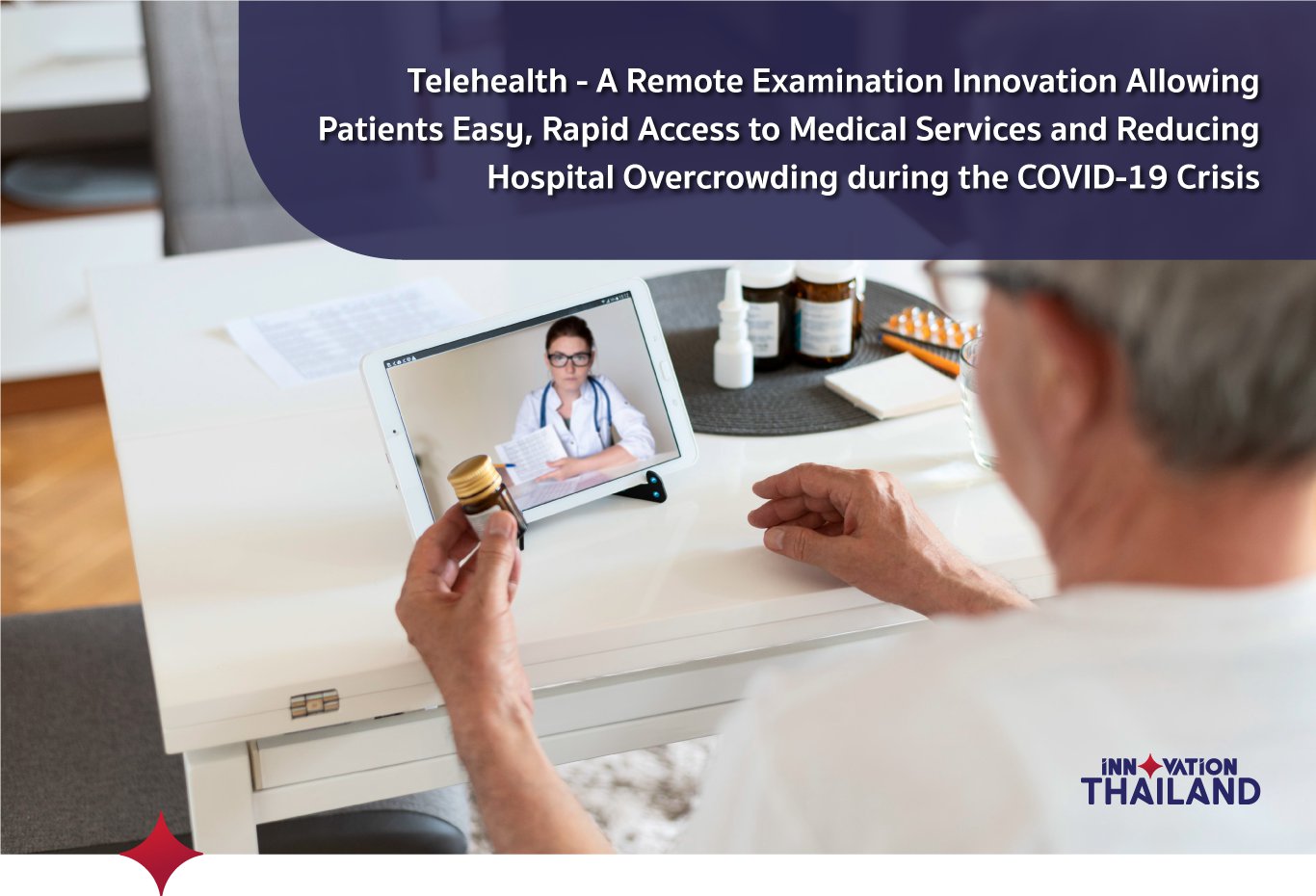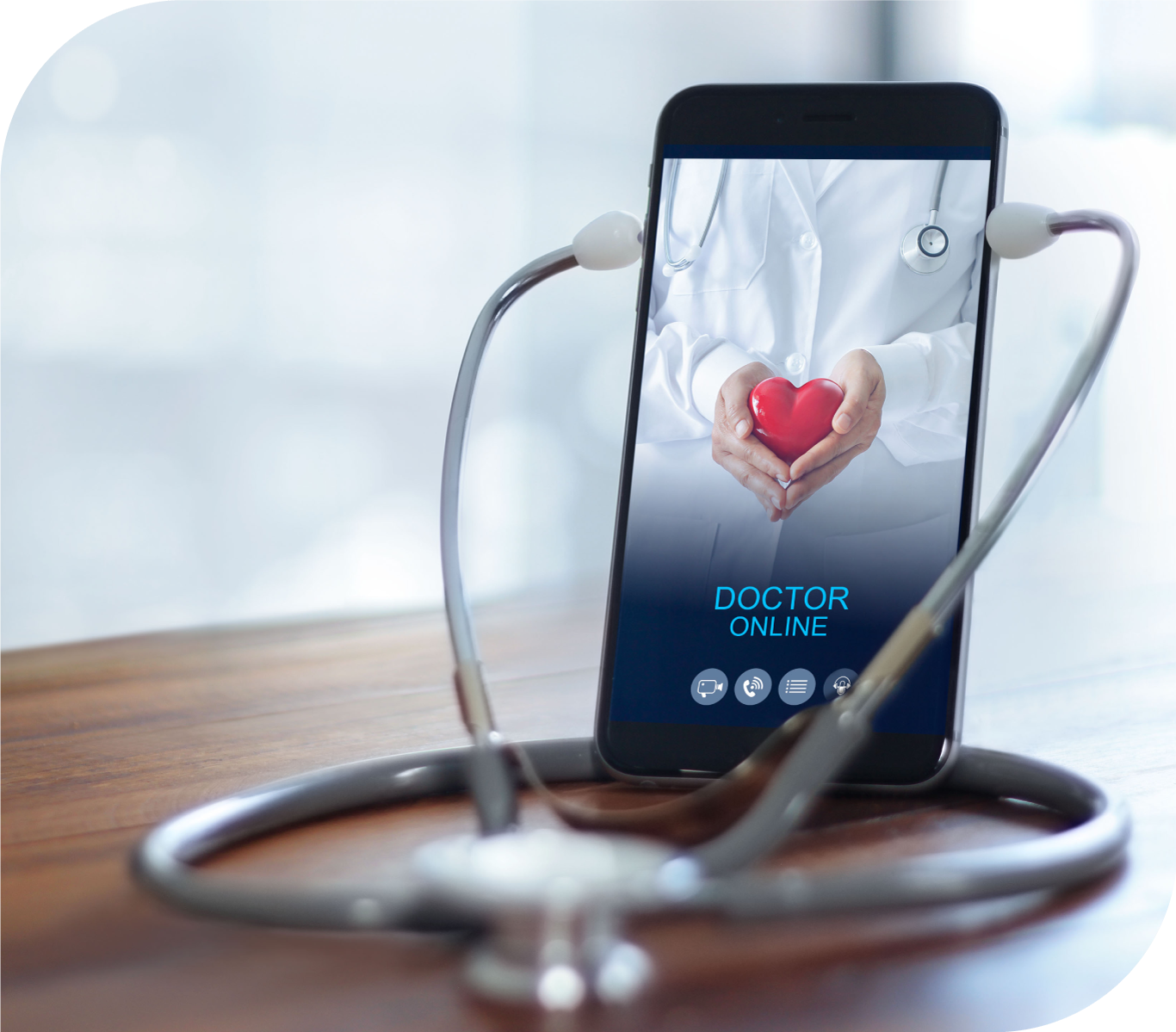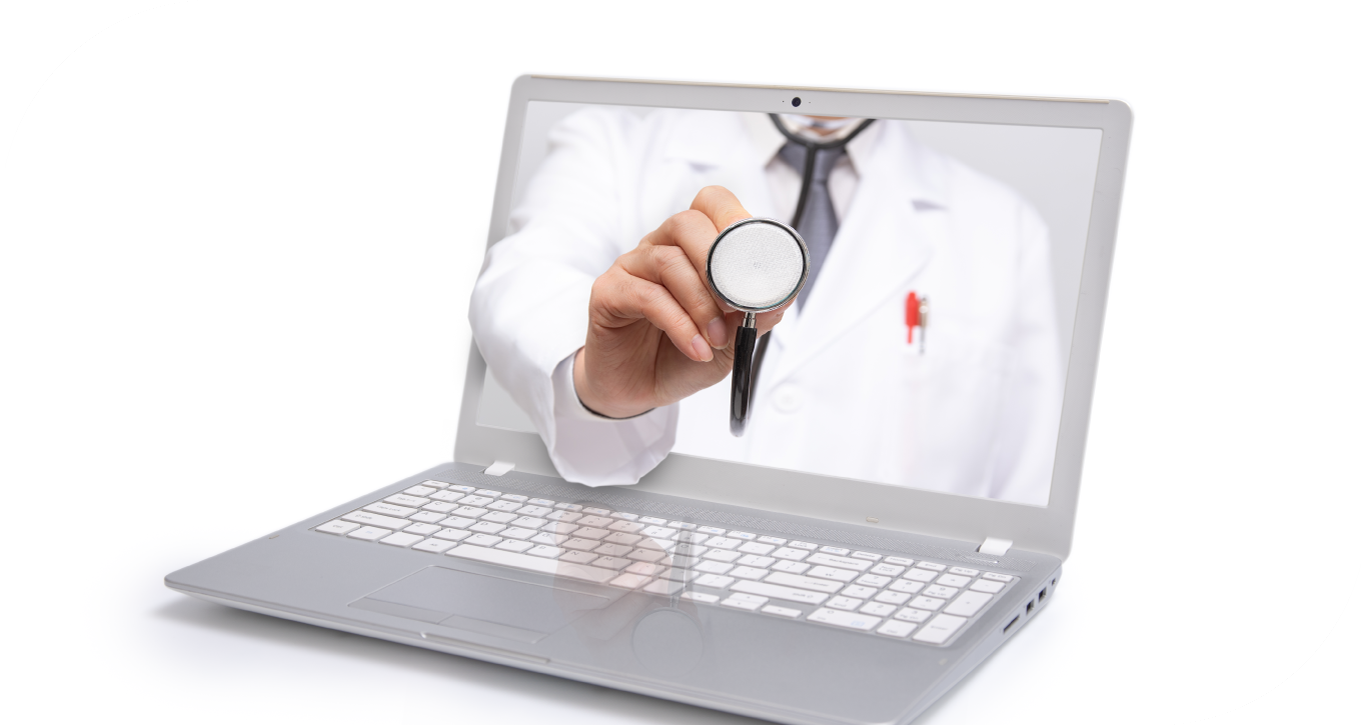Blog
Telehealth – A Remote Examination Innovation Allowing Patients Easy, Rapid Access to Medical Services and Reducing Hospital Overcrowding during the COVID-19 Crisis

COVID-19 outbreaks have increased overcrowding by COVID-19 patients and ordinary patients in hospitals. Furthermore, going to the hospital increases risk of infection. From the aforementioned problem, the concept of providing long-distance medical services was born. Telehealth is a Thai innovation that offers services for patients with chronic non-communicable diseases via digital systems. This adds a channel for fast and effective access to services with safety for patients and medical personnel while reducing overcrowding in hospitals.
Telehealth is an online examination, screening and diagnosis service platform that uses telemedicine technology to analyze, diagnose and provide real-time consultation for patients with non-communicable chronic illnesses such as diabetes and hypertension, etc. Patients do not to travel to the hospital and can effectively use medical services. The system also connects to existing hospital Host XP systems, allowing medical personnel fast access to patient data and treatment backgrounds in addition to facilitating medicine deliveries to homes or networked hospitals in order to help patients receive medications without need to travel to the hospital, thereby reducing workloads for hospital medical personnel. Initially, the project piloted treatment for patients with chronic non-communicable disease patients with diabetes or hypertension in the three southern border provinces, namely, Pattani, Yala and Narathiwat, at Pattani Hospital in Pattani, Crown Prince Yaha Hospital in Yala and Yingo 80th Anniversary Hospital in Narathiwat.


This innovation fittingly combines technology with new lifestyles to help patients have easy and fast access to services without need to travel to see a doctor, reduces hospital overcrowding and reduces social inequality. Wherever you are, you can access medical services. This innovation “changes lives for happy living” for everyone to be happy and have a better quality of life.

 Facebook
Facebook Youtube
Youtube